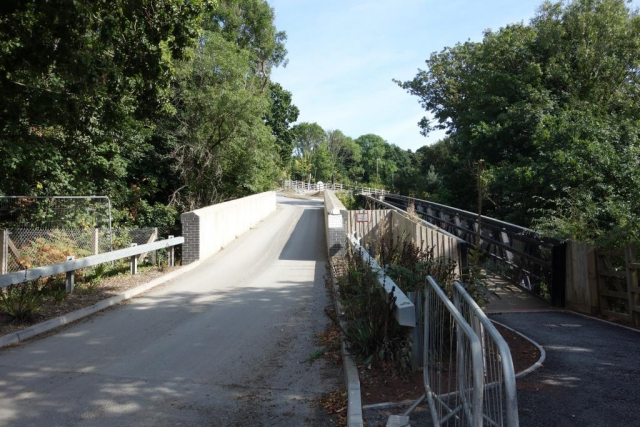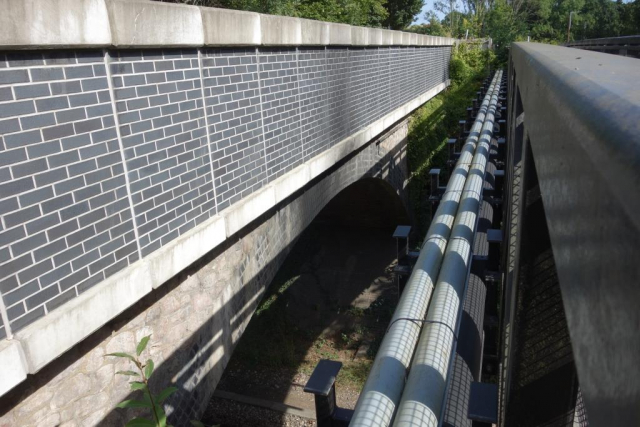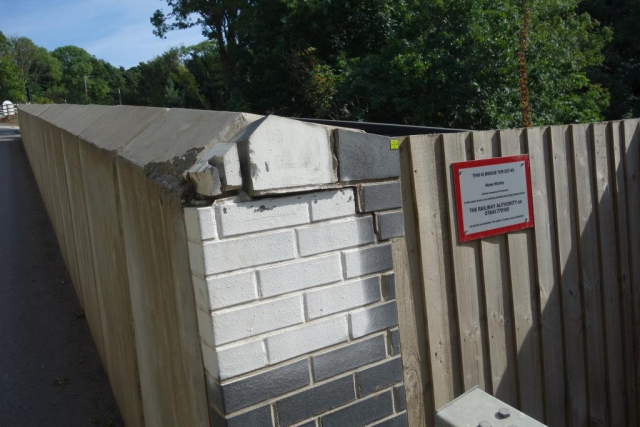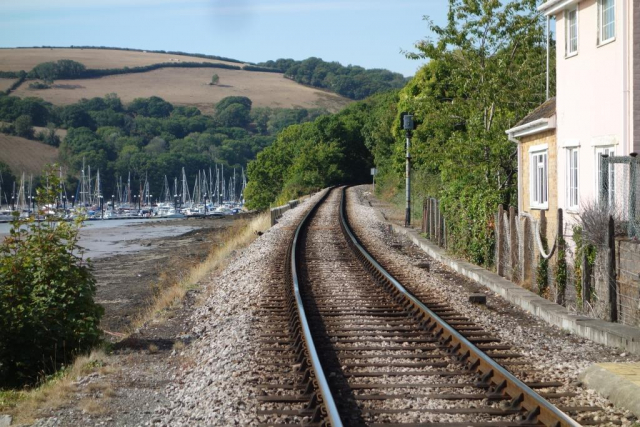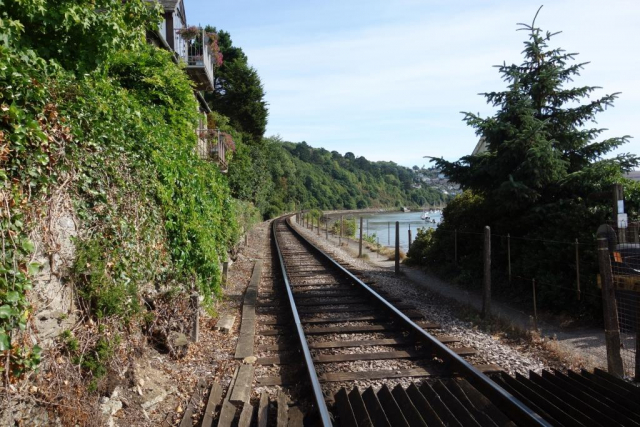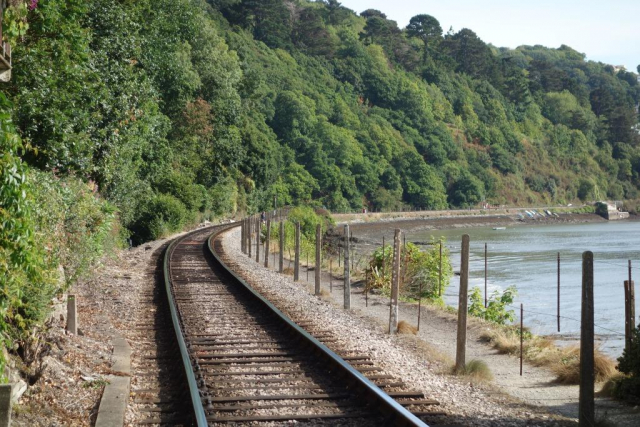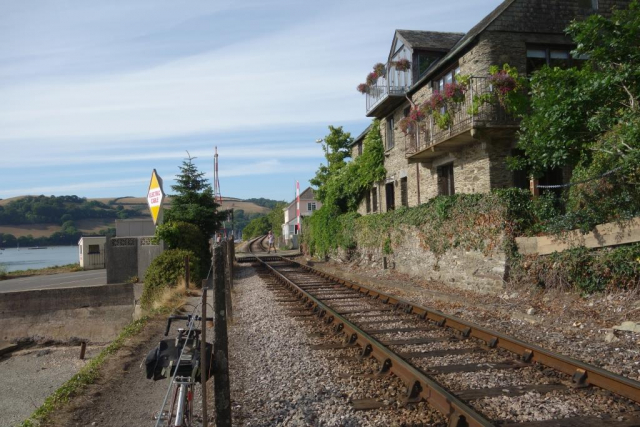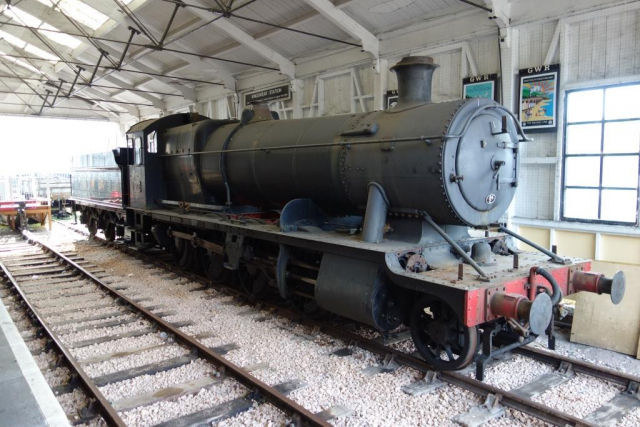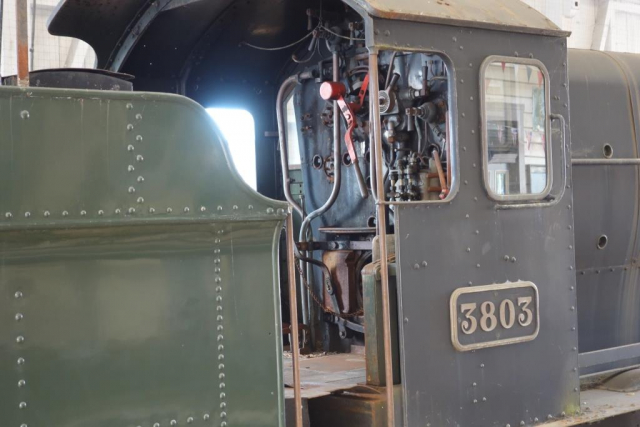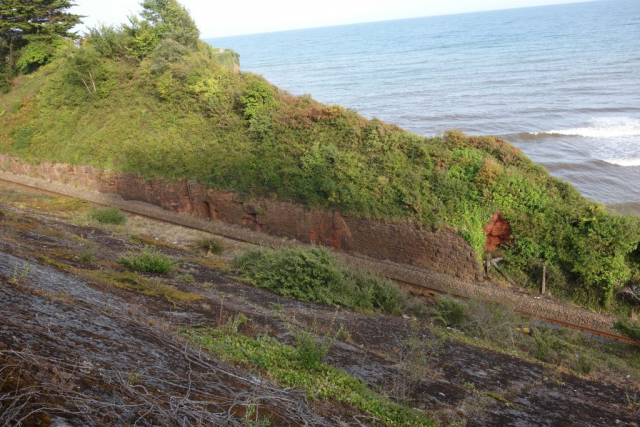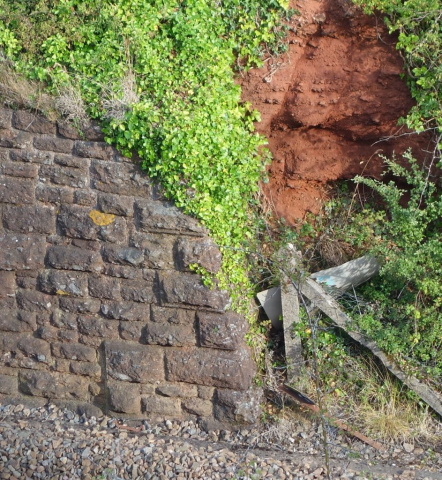To catch the fading embers of the season in what should be England’s top holiday resort, the scout rode to the “bay.”
As is his wont, he took a new turning and found himself gazing down on the centre of Torquay, a rather grotty scene, close to the magnificence of the natural scenery and with hints of former grandeur.
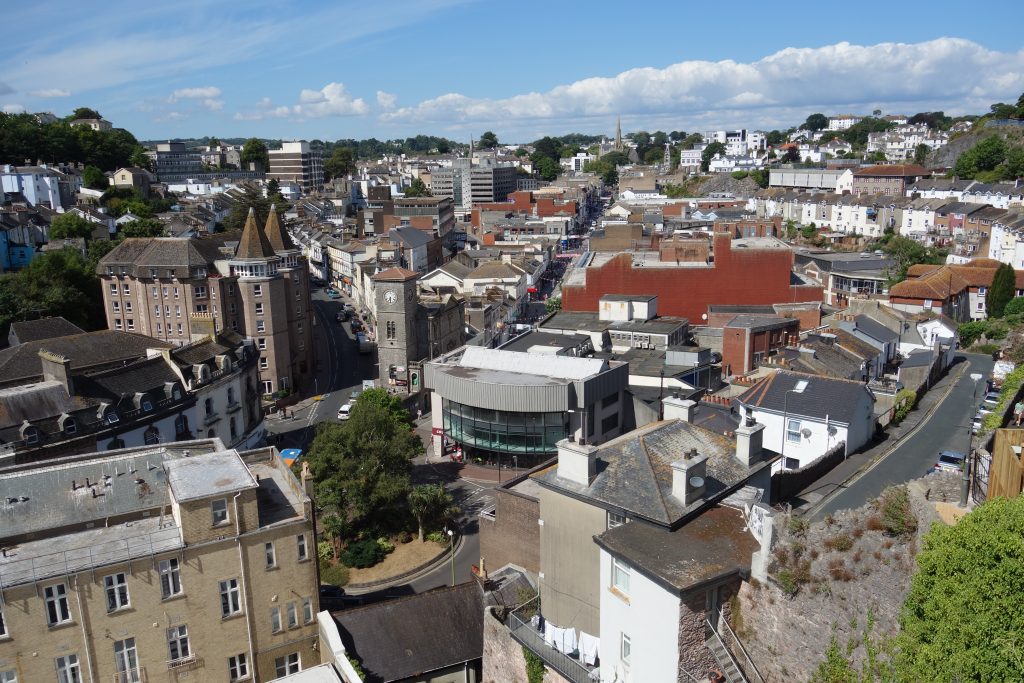
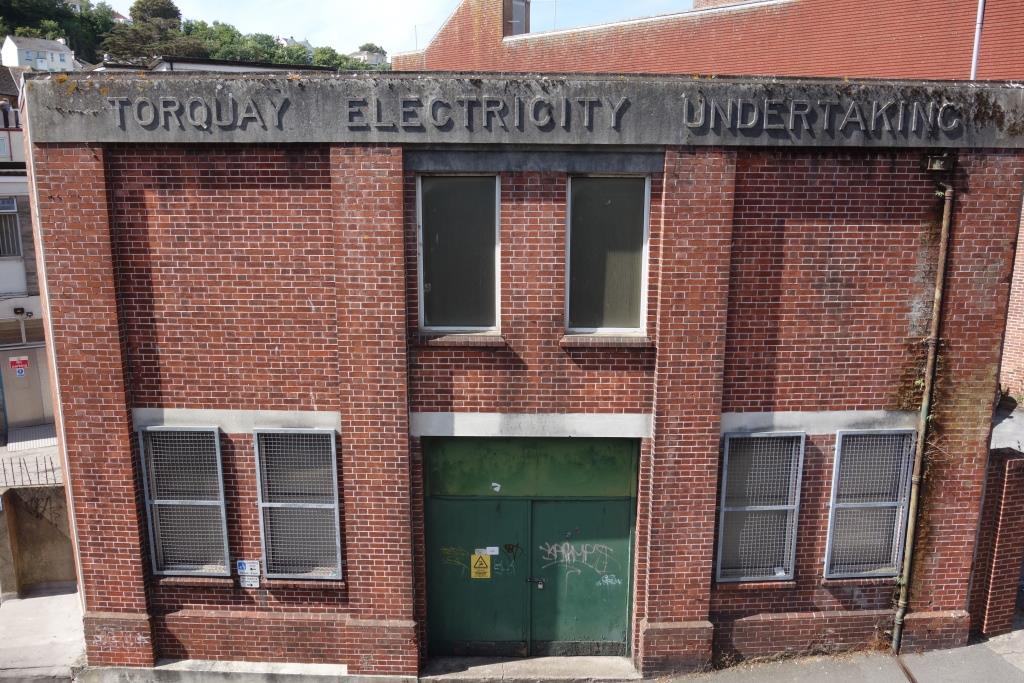
The scout rode along Haldon Pier and then dawdled along the coast, stopping for a bite to eat at Goodrington, before heading along Dartmouth Road.
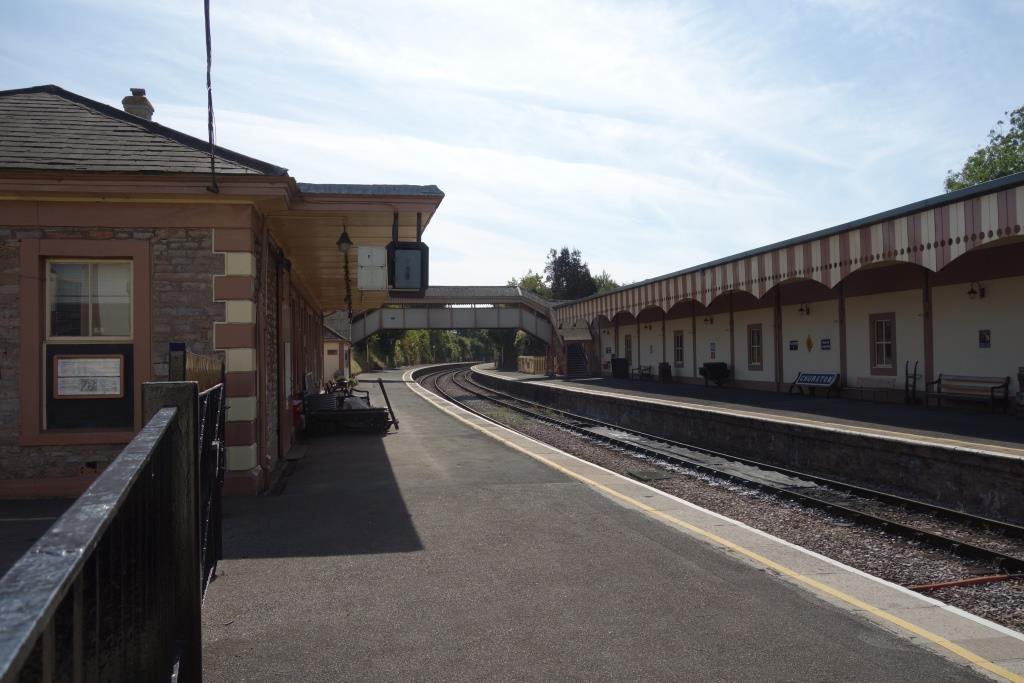
As a result of the plague, the station is now in its third year of disuse and is rather a sad sight.
The Scout flew down the evenly graded Bridge Road (floating bridge, in this case) from Brixham Cross and turned towards Noss Yard to see if anything had been left by the developer of the former shipyard. There was nothing. Another place that was once productive and interesting was being sterilized and homogenized.
It is guessed that the railway receives substantial wayleave payments for the widened road bridge and pedestrian bridge alongside it, carrying service ducts.
Whiling away an hour at Kingswear, or Britannia, Crossing is easy, for the ferry makes frequent landings and a train is never far away.
It’s difficult to make a classic terminus like Kingswear uninviting, but the railway has achieved this. The scout told himself not to confuse a tourist railway with a “pickled” railway. This is a commercial operation where authenticity is unimportant. The last train was 1715; if it were part of the network, the Department would require the operator to run early and late trains, all year round.
The scout had intended to climb the long, long hill back to Brixham Cross, but weakened and decided to take the last train; it had been quite a few years since he had done so.
He bought a £4 “priv” in the thinly-stocked shop; the booking office is no longer used. He asked why the intermediate stations, including Greenway Halt, opened in 2012, were not being used and the unenthusiastic woman who’d taken his fare answered that they would never reopen, adding that stopping “was of no advantage to us.”
The scout went to the drop window nearest the engine and observed the behaviour of the tank engine built for the Welsh valleys. He hadn’t thought of filming but got the camera out just to see what difference the microphone mufflers made to the sound recording. This is the result, shot in two parts between Noss Yard and Churston.

As the train approached Paignton, the scout sat down opposite one of the conductors and asked again about the intermediate stations. The reply this time was” closed for the foreseeable future,” and the member of staff went into more detail, saying that it would have been very difficult and costly, with the requirement to allocate seating, to serve the intermediate stations; the scout hadn’t realized that allocated seating was in force and was directed to look at his ticket, which did indeed show a seat number.
Will this private railway become the one that closed four of its six stations?
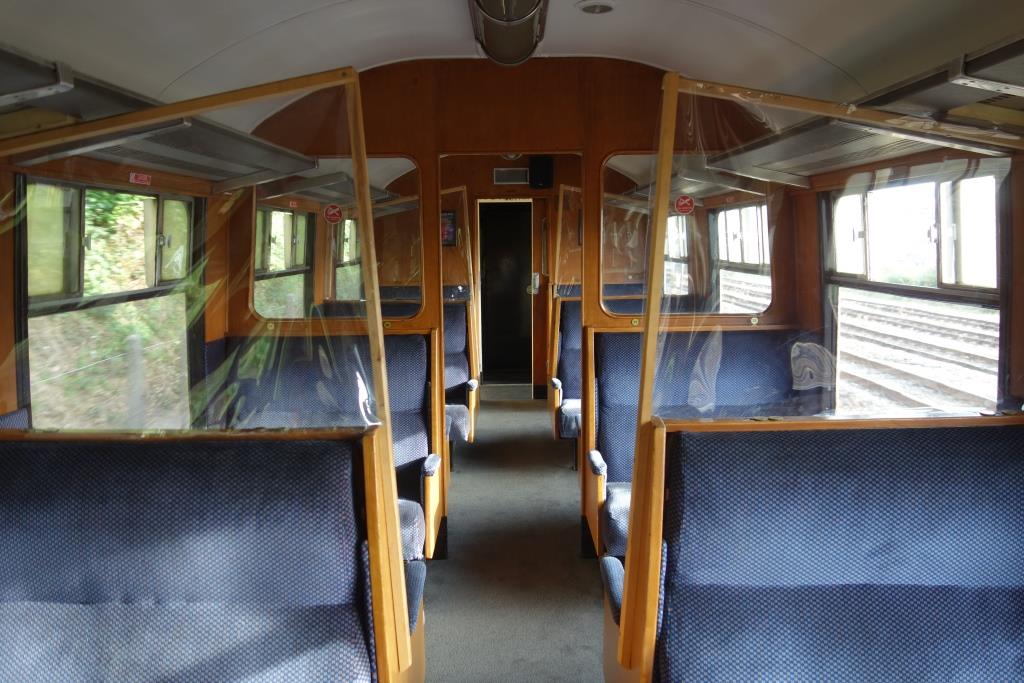
Reaching the site of Livermead Tunnel on the way home, the scout went to the other side of the road to peer over the wall. The seaward wall of the tunnel was still illuminated by the sun and so the scout took these shots for the No. 62 story. He also took some shots of the new bridge, still not finished.
On his return to the railway’s utilicon, left in Kingsteignton, the scout had ridden a mere 33 miles.

